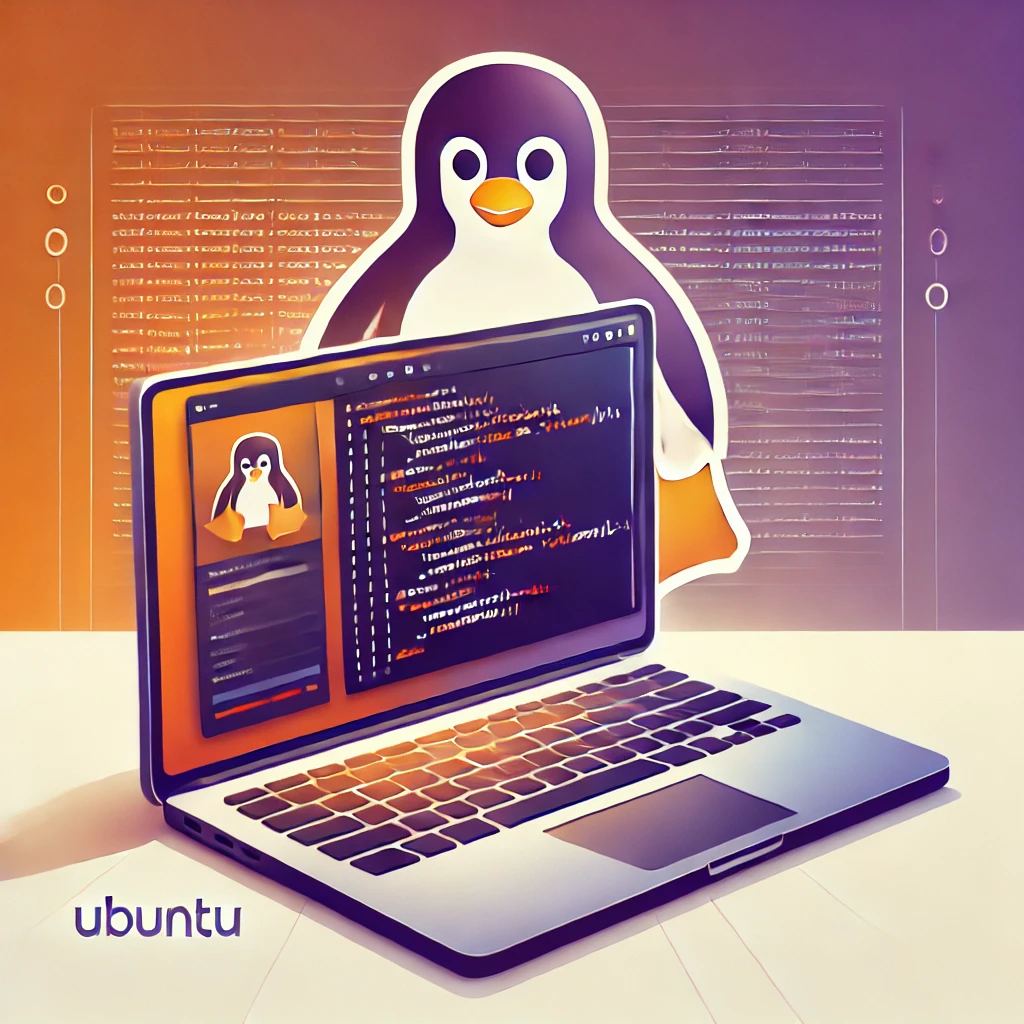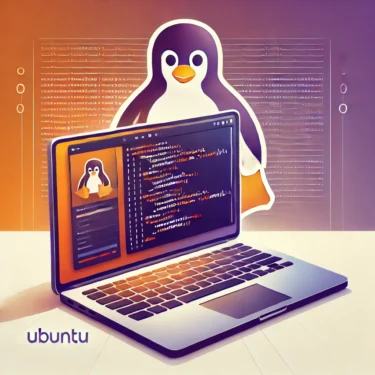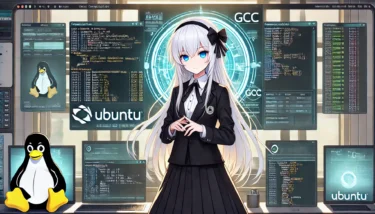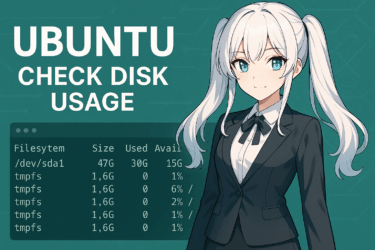1. What Is Package Management in Ubuntu
Basics of Package Management in Ubuntu
Ubuntu is equipped with a package management system that allows users to easily install, remove, and manage applications and tools. A package is a collection of specific software, its dependencies, and configuration files. Efficient package management ensures system stability and security while enabling smooth development and server operations.
Main roles of package management include the following:
- Installing and removing software:
Using a package manager, you can add or remove software with a single command. - Dependency management:
If the software you install depends on other packages, the package manager automatically resolves these dependencies to ensure proper operation. - Version control:
Through version management, you can maintain an up-to-date environment and apply security patches or feature updates as needed.
Why Package Management Is Important
Ubuntu is widely used as both a server and desktop environment, with numerous open-source packages updated daily. For this reason, administrators can reduce security risks and maintain system stability through efficient package management. For developers and server administrators, proper package management is an essential task.
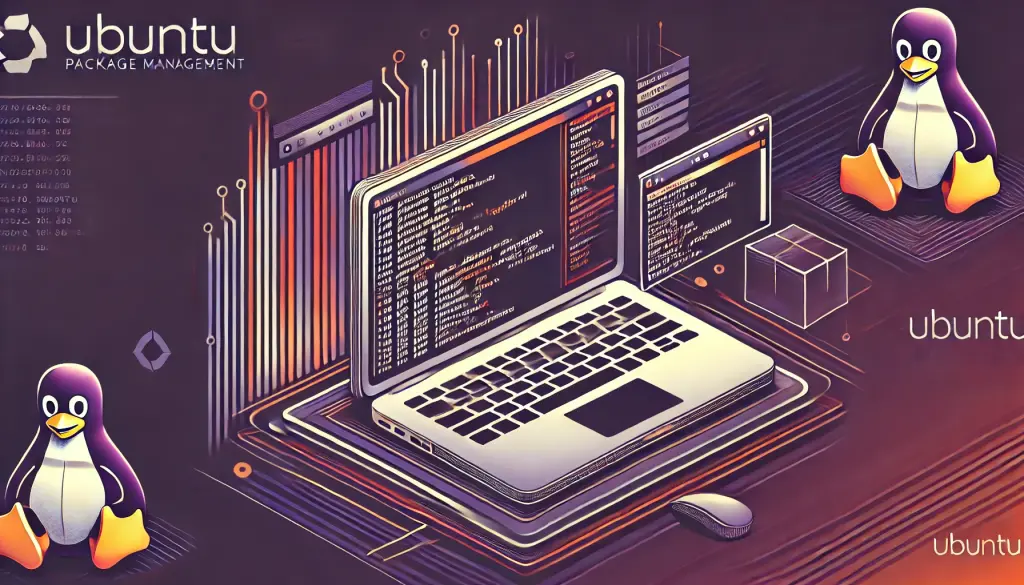
2. How to Check Installed Packages in Ubuntu
Using the apt Command
The apt command is one of the standard tools used in Ubuntu for managing packages—it allows you to install, update, remove, and verify software. The ability to list installed packages is especially useful for system administrators.
Display Installed Packages
Run the following command to display all packages installed on your system:
sudo apt list --installedThis command generates a list that includes the package version and architecture. It also indicates whether each package was installed manually or automatically. For example:
accountsservice/bionic,now 0.6.45-1ubuntu1 amd64 [installed,automatic]Using the dpkg Command
The dpkg command provides even more detailed information about installed packages. It is particularly useful for checking package descriptions or installation dates. Run the following command:
sudo dpkg-query -lThis displays all installed packages in a list format with detailed information.
Using Snap and Flatpak
Snap and Flatpak are modern package management systems that differ from traditional deb packages. Since apt and dpkg cannot manage them, use the dedicated commands below:
- List Snap packages:
snap list- List Flatpak packages:
flatpak listThese commands help manage packages that cannot be handled by traditional methods.
3. How to Get Detailed Package Information
Using the apt-cache Command
If you want to view more detailed information about a specific package, use the apt-cache command. This allows you to check dependencies, versions, and descriptions.
Display Package Details
Run the following command to display detailed information about a specific package:
apt-cache show package-nameFor example, to get details about the nginx package:
apt-cache show nginxThis command provides detailed information about dependencies, versions, and descriptions.
Search for a Specific Package
Even if you do not know the exact package name, you can search using partial matches. Use the grep command as follows:
apt-cache search package-nameFor example, to search for packages related to nodejs:
apt-cache search nodejsThis lists all related packages.
4. Managing Packages via GUI
Using the Ubuntu Software Center
The Ubuntu Software Center provides a graphical interface for managing packages without using commands. This is particularly convenient for beginners or those unfamiliar with the command line.
Check Installed Packages via Software Center
- Open the Software Center
From the desktop “Activities” menu, open “Ubuntu Software.” - View Installed Packages
Click the “Installed” tab to view all installed packages. - Check Details
Click on a package to view detailed information such as version, description, and installation date.
Difference Between GUI and Command Line
The main advantage of the GUI is its ease of use—it requires no memorization of commands. However, the command line offers more detailed control, making it ideal for managing many packages or automating operations. Tools like apt and dpkg enable precise version control and scripting.
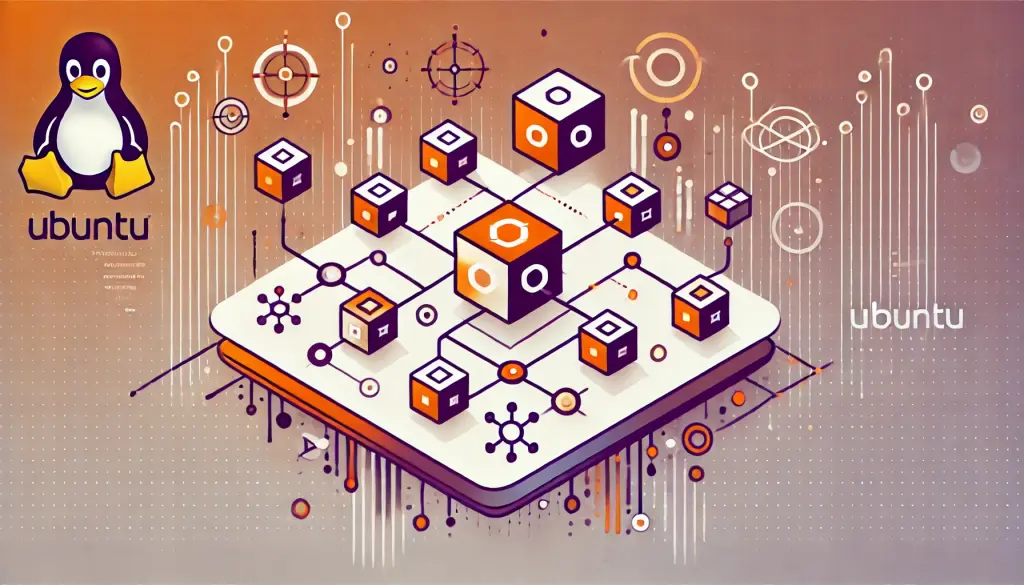
5. Practical Applications of Package Management
Package Management in Server Administration
In server management, package management is crucial for maintaining software stability and security. Proper handling of security patches and version control minimizes server downtime.
Commonly Used Packages
- nginx (Web Server)
sudo apt install nginx- MySQL (Database Management System)
sudo apt install mysql-server- ufw (Firewall)
sudo apt install ufwManaging Package Dependencies Properly
Managing dependencies accurately is especially important in server environments. Although dependencies are usually resolved automatically during installation, maintaining them ensures overall system stability.
How to Check Dependencies
Use the following command to check which packages a specific package depends on:
apt-cache depends package-nameExample:
apt-cache depends nginxThis command lists all libraries and packages that nginx depends on.
Streamlining with Automatic Updates
Automatic updates are often used in system and server management to save time and improve efficiency. Enable automatic updates with the following commands:
sudo apt install unattended-upgrades
sudo dpkg-reconfigure --priority=low unattended-upgradesThis allows the system to regularly check for package updates and automatically apply security patches or bug fixes.
6. Conclusion: Optimize Your System with Efficient Package Management
Package management in Ubuntu plays a critical role in improving system efficiency and stability. By using tools like apt and dpkg to install, remove, update, and manage dependencies, you can strengthen both system stability and security. Additionally, adopting newer systems such as Snap and Flatpak enables cross-distribution compatibility for software deployment.
For administrators and developers alike, understanding package management is essential. With proper package management, you can enhance system reliability, minimize downtime, and ensure your system always has the latest security measures. Continuing to deepen your knowledge of package management will help you provide higher-quality services as a system professional.
